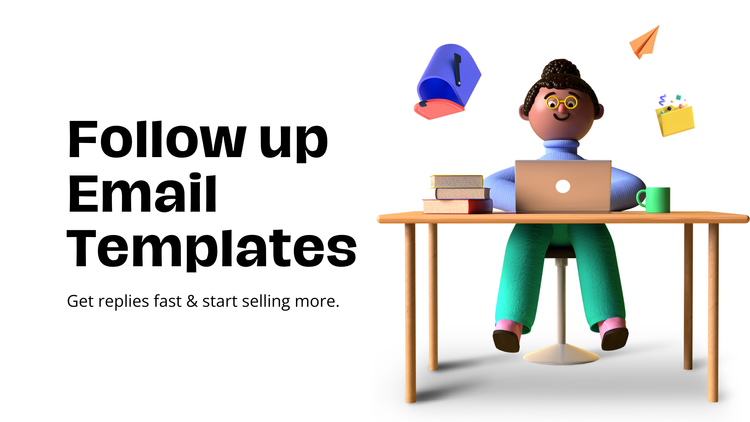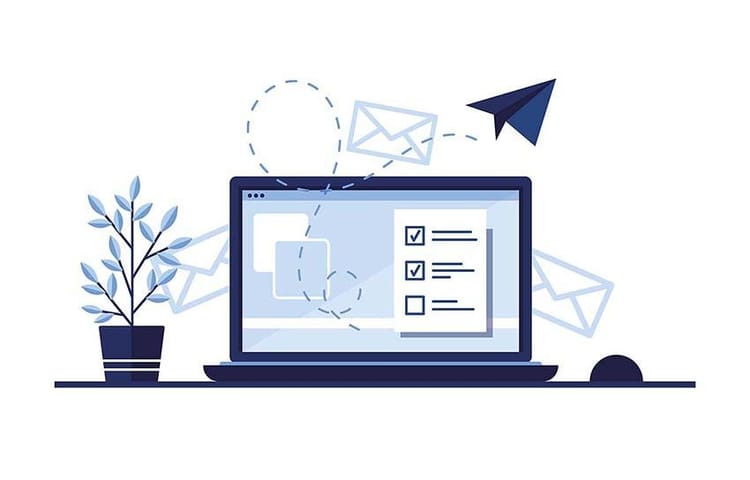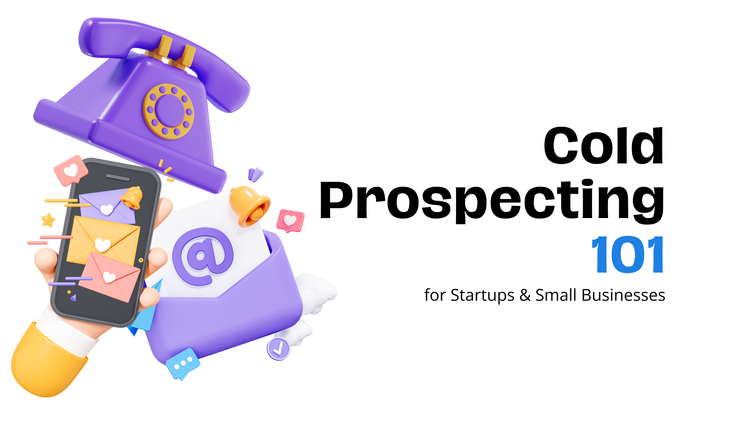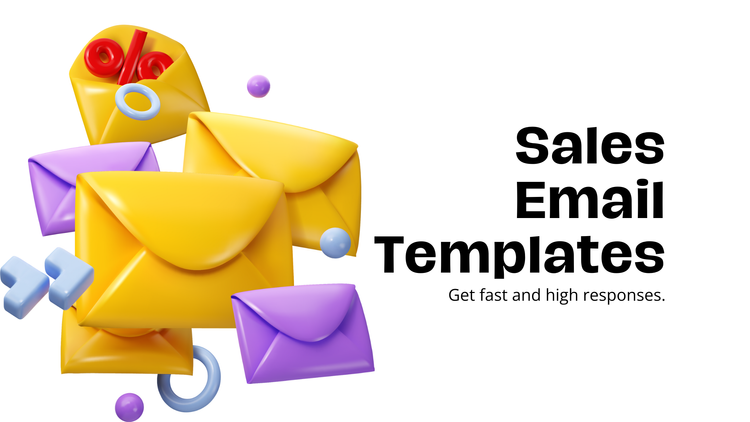9 Prospecting Techniques to Get More Responses

Prospecting techniques can make or break your email outreach. A recent Connect 365 study found that 92% of decision-makers, including C-suite executives and business owners, pay attention to unsolicited emails—even from companies they’ve never interacted with. But getting them to actually respond? That’s the challenge. The right approach means avoiding common mistakes, focusing on what matters to prospects, and using strategies that drive real engagement. Here’s how to make your emails stand out and get real replies.
1. Talk Like a Real Person
Remember that you’re trying to reach a human being. Stop thinking about your communications as Business to Business or Business to Consumer, but instead think of it as Business to Human. If your language is too stuffy or choppy, it sounds awkward when they read it.
Remember that the goal of this email is to start a relationship, not close the deal. That starts with getting to know your prospect — their interests, motivation, fears, and pain points. You’re getting to know them, and they’re getting to know you.
2. Be Concise, But Not Too Short
Get straight to the point with your prospects; let them know what you can do for them. Also, let them know what you want from them. Your email should be as easy to understand as possible. HubSpot data suggests the length of your email should range between 50 and 125 words.
Other studies claim that 10 lines of text at about 200 words are the ideal email length for higher response rates. To be safe, always keep your prospecting emails under 200 words.
Pro Tip: Discover proven secrets to successful prospecting email campaigns by downloading our free eBook, “The Complete Introduction to Cold Emailing.”
3. Mention The Prospect’s Pain Points
Not only should you always keep your prospects' pain points in mind, but you should also mention them early in the email. Try writing about similar companies to your prospects and how your service helped solve their issues. Keep it short and to the point, as mentioned in the previous tip.
If you add too many pain points for them to read, the email will be overwhelming. Stick to one or two key challenges that are the most likely to frustrate them. You’ll find these by doing solid research about their industry, company size, etc.
4. Explain the Benefits of Solving Their Pain Points
Make sure you not only cover the benefits of solving their pain points with your offering, but the cost of not doing anything about them.
“Provide stakes. If clients don’t solve the issue with your solution, what exactly are they losing?”Michael Hammelburger, CEO of Sales Therapy.
This gives them a feeling of urgency — especially if you include risk factors or industry-related statistics in this part of your email.
5. Create an Enticing Subject Line
The first thing your prospect will see is your subject line, so it is automatically the most crucial part of your email. If it doesn’t pique their interest or relate to their work, they won’t open the email. What is the point of putting all that effort into the body of the email if no one reads it?
That’s why so many professionals who write prospecting emails say they put more time into their subject lines than the emails themselves. In fact, many say that the subject line is the most difficult part to write.
6. Finish with a Strong Call to Action
You got them to open the email, you got them to read it, and now you need them to take action. That’s the goal of sending out prospecting emails, right? The only way they’re going to respond is by generating interest with a catchy call to action. Also, make it easy to understand by being clear and concise. Don’t overcomplicate things by asking for multiple actions. Just stick to one if you can.
7. Measure Your Email Success
A/B test your prospecting emails if you have the resources. You’ll be glad you did. It’s the best way to know what works and what doesn’t. This allows you to play around with your subject line to get a higher open rate. It also allows you to tweak your email and CTA for a higher response rate. You’ll want to track the results so you have a history of your trials and errors. And remember, you should only A/B test one thing at a time.
If you don’t have the resources for A/B testing, pay careful attention to the metrics that matter, like open rates, click rates, replies, and meetings booked. Even without A/B testing, you can use these as a gauge to see how your emails are doing.
8. Don’t Give Up, Follow-Up
Many prospects take more than one follow-up to consider and respond to you. Don’t mistake getting no response from the customer that their answer is “no.” Often, people don’t respond because they were too busy. Maybe they had back-to-back meetings, were on vacation for a week, or just had an overflowing inbox that day.
If they didn’t respond to your first emails, make sure your follow-up email is even easier to respond to. Write your email copy as simple as you can make it and reach the point you’re trying to make as soon as you can.
9. Show How You’ve Helped Others
Lastly, always remember to include what you’ve done for other prospects like them. If you have proof, show it to them. In your email, attach a short personal video, link to a case study you’ve written, or even include a short testimonial.
“The best direct cold emails are short, focused, and persuasive,” said Heather R. Morgan, an international economist, serial entrepreneur, and investor in B2B software companies. “They focus on one benefit or pain point that is relative to the recipient, and build credibility through the use of social proof, by mentioning the results they’ve driven for past or current clients.”
Imagine you were trying to find a restaurant to eat at and were bombarded with options. If a friend told you they had a great experience at one location, you’re more apt to try their food first. In emails, if you can subtly promote yourself without being too obvious, the reader will trust you and the proof that you are a real person and helpful.
Try One of These Prospecting Email Techniques
By following these tips, you should start seeing your response rates go up. Just keep in mind when you’re writing your prospecting emails that your only goal is to start a helpful conversation. It’s all about initiating that relationship and building trust.
Before you can start writing prospecting emails, you need to find email addresses that are linked to your prospect. The best way to do that is with Skrapp.io, one of the fastest ways to find verified B2B email addresses of people that matter for your business.
Try our prospecting email tool to find the verified contact information you need to fill out your email list.





